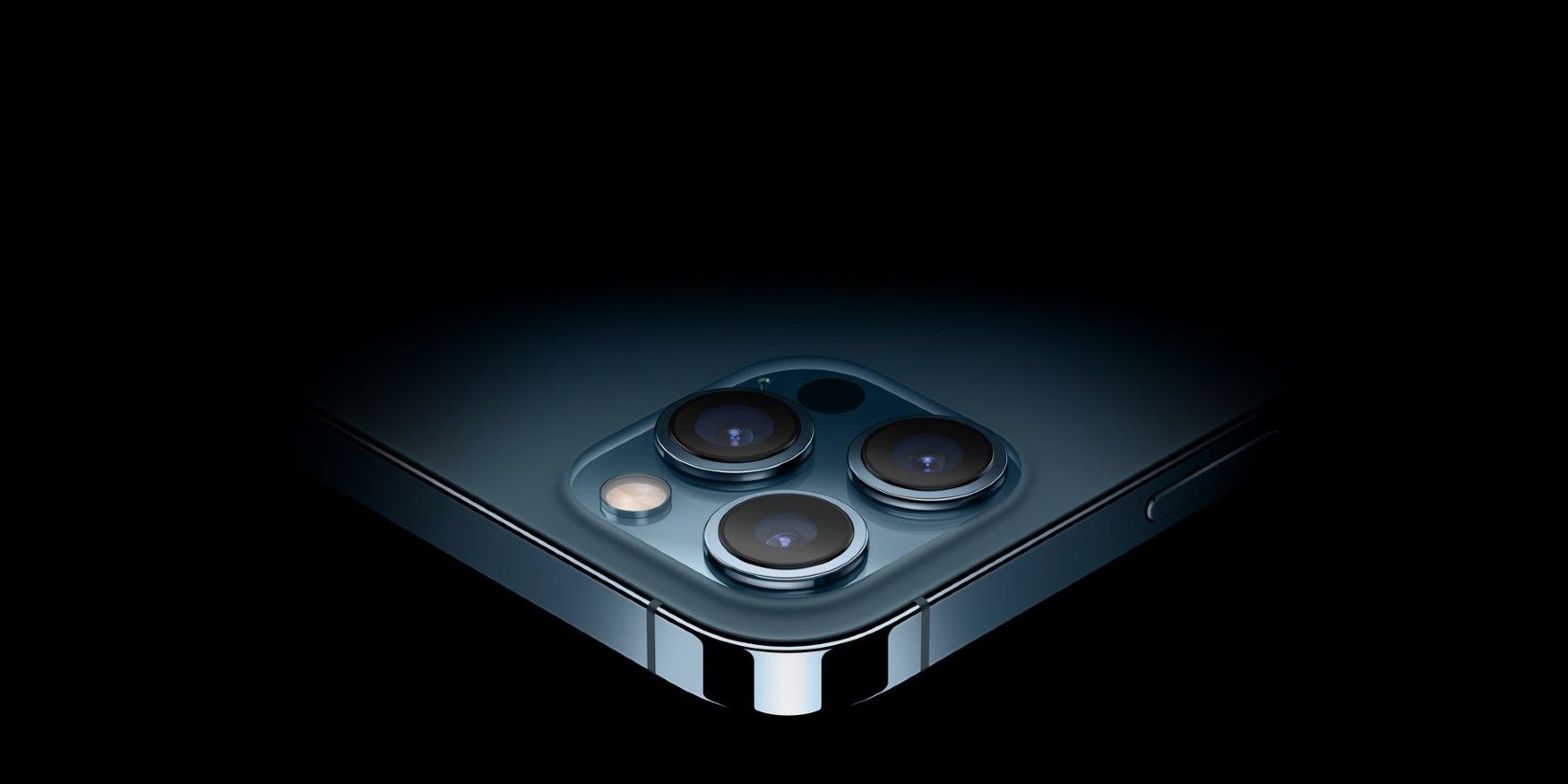In one context or another, you have probably run across the term “LiDAR” in one of its many forms. Specifically, many newer generations of mobile phones are touting their LiDAR capability.
Whether you’re deciding if LiDAR technology should factor into your next smartphone purchase or just want to be a part of the conversation, it’s worth taking the time to understand this upcoming technology.
What Is LiDAR?
Depending on the source that you are looking at, you might see “LiDAR” expressed with any combination of uppercase and lower case letters, ranging from all caps to no caps. However it is capitalized, and it stands for “light detection and ranging.”
Light detection and ranging is a method that uses pulsed light to detect differences in distance between the LiDAR sensor and the nearest objects or planes. A LiDAR sensor consists of a LiDAR laser, a LiDAR scanner, and a GPS unit. For aerial LiDAR, an additional device factors in the angle and speed of the craft.
The laser sends a burst of light, which bounces off of an object. The reflected light is then collected by the scanner. This information is then contextualized with readings from the GPS unit, which is recording the position of the LiDAR detector itself.
The basic math takes the time that it takes for the signal to get from the laser back to the LiDAR scanner, multiplied by the speed of light. This number is then divided by two because the light had to go from the scanner to the object and back, so the total distance that it has traveled is twice the actual distance from the scanner to the object or plane.
What Is LiDAR Used for?
Depending on the application, a single data point from this equation may be used, or entire sets of data points can be used together in “point clouds.” These sets of data points can be used to create maps or 3D images of objects.
Mobile LiDAR Applications
Some of the most basic LiDAR applications can require a single data point from the location above. For example, the Measure app on LiDAR-Enabled Apple devices can use a single LiDAR data reading to determine distance. It can also use more readings on entire objects and people to do things like determine a person’s height.
LiDAR data can also be used to create digital replicas of physical objects or to make digital models more believable in augmented reality applications. Using readings to sense depth in a user’s surroundings and placing digital models accordingly is a major selling point for Apple in their ARKit-enabled devices.
It’s true that AR applications do already exist for non-LiDAR-enabled devices. However, the AR element is usually simply placed in front of the user’s camera. Moving these elements closer to or farther away from the screen can be difficult and if anything moves in between the camera and where the element is supposed to be, it ruins the illusion.
The ability to place an AR element behind physical objects, or to allow physical objects to appear to pass between the camera and where the AR element is supposed to appear to be is called “object occlusion.” Without a reliable way for the mobile device to understand depth, object occlusion is impossible to achieve.
Some of the primary uses for occlusion include more interactive AR try-ons, more amusing Instagram filters, and more immersive AR games. Of course, those are just LiDAR applications that you can do on a smartphone. Most LiDAR applications are a bit bigger.
Large-Scale LiDAR Applications
LiDAR data can also be collected by helicopters, airplanes, and even satellites. Organizations like NOAA use this kind of information to create detailed and highly accurate topographical maps. These maps can be used in biology, earth and weather science, construction, and disaster assistance.
Further, LiDAR doesn’t just detect how far away an object is. Because light can travel through objects of different densities, LiDAR can be used to better understand the composition of objects and terrain.
Sometimes, LiDAR can even allow us to see objects that we wouldn’t otherwise be able to. NOAA and groups like the National Ecological Observatory Network use this data to map areas underwater or even under vegetation.
There is also a huge drive in archaeology to use LiDAR mapping. LiDAR’s ability to “see-through” different materials has already led to the discovery of lost historical sites in thick forests or under the waves.
There are actually two different types of LiDAR. Topographic LiDAR is the more common kind that is used in most of the applications discussed so far. Bathymetric LiDAR works in a similar way but uses green light instead of near-infrared light and it is used specifically for penetrating water.
How Anyone Can Use Depth Sensing
If you’re interested in experimenting with LiDAR yourself, you can. LiDAR comes equipped on the iPad Pro 12.9-inch (4th generation and later), the iPad Pro 11-inch (2nd generation and later), the iPhone 12 Pro, and the iPhone 12 Pro Max. There is also a type of LiDAR available on the Samsung Galaxy S20 Ultra.
You can also purchase LiDAR scanners. Single-point models can cost under $100, with more robust models going into the thousands.
Android users may feel left out at this point. It’s true, Android’s ARCore has not offered a response to Apple’s LiDAR offerings. However, Google announced a Depth API that uses the camera and other sensors instead of a LiDAR system to offer depth and occlusion.
While there’s room to be skeptical that the Depth API will be as effective as LiDAR, at least in earlier editions, it does make many of the same promises at a lower cost to consumers. The API will be included on phones starting with the Galaxy Note 10+ and Galaxy S20 Ultra.
LiDAR in the Future of Spatial Tech
While LiDAR may seem to have limited use cases now, it may be one of the most important technologies of the coming decades. As spatial technology becomes increasingly common and increasingly robust, the ability to accurately model objects and map spaces becomes increasingly important.
Just like archaeologists are looking to use LiDAR to discover forgotten cities, groups like Augmented.City are looking to create digital maps of existing cities that could one-day help to power everything from mixed reality glasses to autonomous vehicles.
Do You Have a Use for LiDAR in Your Life?
LiDAR can look crazy and sound crazier. Because it’s just now coming into the consumer space, it’s natural for it to be talked about in unfamiliar ways. However, the technology has actually been around for quite a while.
While the applications of LiDAR technology can be quite varied, at its heart all that it does is determine the distance from a device to an object. Most users will probably just use it in social media filters. But it doesn’t hurt to understand it.
Image Credit: Apple
About The Author

